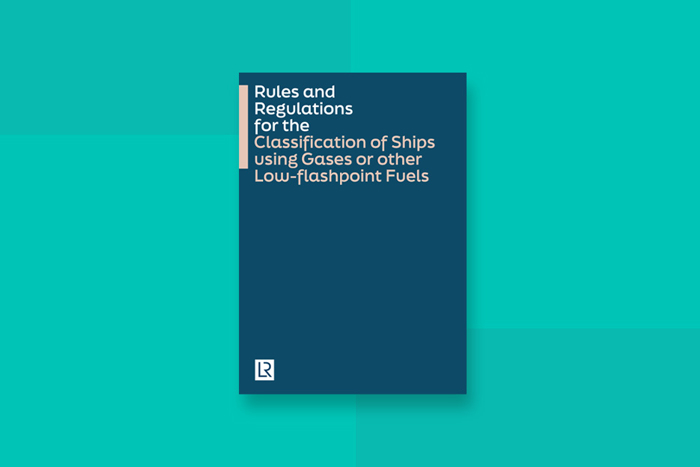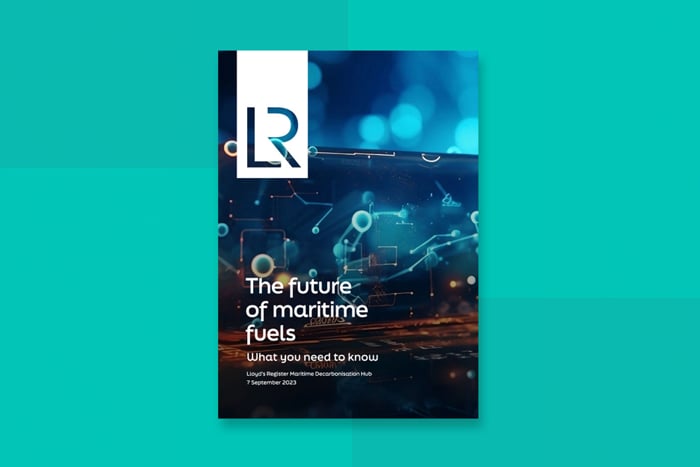Hydrogen fuel for ships: The future of zero-emission shipping
As the shipping industry is exploring cleaner alternatives to traditional fuels. Hydrogen emerges as a promising candidate, offering the potential for zero-emission operation. Green hydrogen, produced through electrolysis powered by renewable energy, could hold the key to sustainability. When used in fuel cells, it generates electricity with only water vapor as a byproduct, eliminating harmful pollutants.
Hydrogen as fuel for ships: advantages and challenges
Hydrogen's low energy density compared to conventional fuels necessitates larger storage tanks, impacting ship design and cargo capacity. Additionally, the technology is nascent, with infrastructure for production, distribution, and bunkering still in its early stages. Several initiatives are underway with pilot projects of hydrogen-powered vessels potentially demonstrating the feasibility of this technology. Research focuses on improving storage methods and developing efficient engines.
While pure hydrogen might struggle with long-distance journeys, it could be suitable for short-sea shipping or powering port equipment. Additionally, hydrogen derivatives like ammonia, with higher energy density, are also being explored.
The road to decarbonising maritime transportation is long, but hydrogen offers a promising path with the potential to significantly reduce the industry's environmental footprint. Continued development and collaboration are crucial to overcome existing challenges and unlock the full potential of hydrogen as a clean fuel for shipping.
Latest content, downloads and tools
Frequently Asked Questions
Hydrogen is used in shipping, primarily as a zero-emission fuel for fuel cells. It offers a clean energy alternative, producing only water vapour as a byproduct. However, its adoption is limited by storage, handling, and infrastructure challenges.
Hydrogen fuel can be transported, but it requires specialised methods such as compression, liquefaction, or conversion to ammonia or methanol to ensure safety and efficiency.
The amount of hydrogen needed depends on the ship's size, power requirements, and operational range. Detailed calculations considering fuel cell efficiency and voyage duration are necessary to determine specific quantities.
Challenges include its low volumetric energy density, which necessitates large storage volumes or high pressures, as well as the need for cryogenic temperatures if stored as liquid hydrogen. Additionally, specialised infrastructure is required for handling, and safety concerns arise due to its flammability.
The best way to ship hydrogen depends on the distance and volume. Options include compression for short distances, liquefaction for long distances, and conversion to ammonia or methanol for easier handling and transport.
Dangers include its extremely low temperatures, which can cause materials to become brittle, and its high flammability, requiring strict safety measures to prevent leaks, explosions, and asphyxiation hazards in confined spaces.
Hydrogen can be used as a fuel, but its widespread use is limited by challenges such as storage, transport, infrastructure requirements, and safety concerns. Advances in technology and infrastructure are needed to overcome these barriers.
Back to: Fuel for thought hub















